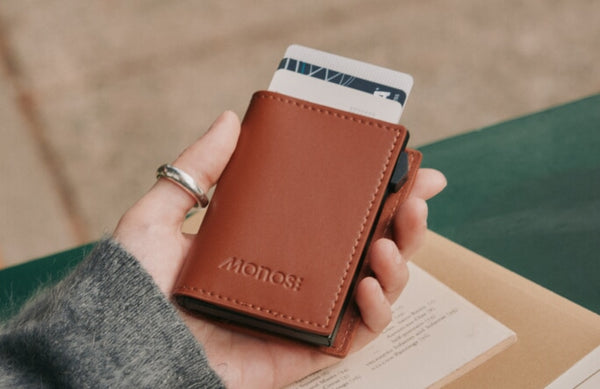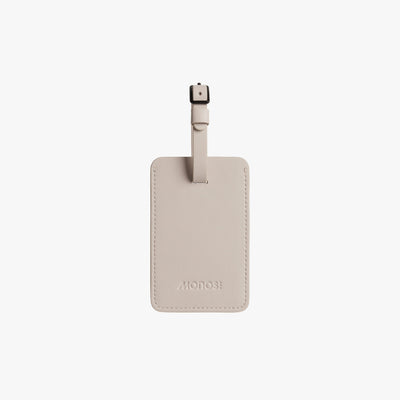
Finn Juhl House photo by Henrik Sørensen
When we talk about good design, it’s challenging to do so without nodding to the Scandi movement. Nearly synonymous with stylish decor and effortless chic today, perhaps the most charming part of Scandinavia’s design movement is its honesty. Simplicity in its vision had kept Scandinavian design at the forefront since its inception during the late 18th century when industrialization allowed the region’s traditional handicrafts to flourish. By blending time-honoured skills with modern design practices, they could create high-quality products that were thought to help the quality of life for all.
When we look at the Nordic peninsula, it’s comprised of the kingdoms of Norway, Sweden, and Denmark. Sometimes it may also refer to Iceland and Finland. The word “Scandinavia,” which means “common heritage,” was first introduced in works by Hans Christian Andersen in his poem I am a Scandinavian.
In 1900 Paris, the world's fair Exposition Universelle, was held to discuss the future of Scandinavian design. The developments exhibited during the exhibition, such as textiles created by Norwegian painter and illustrator Gerhard Munthe, the Rörstrand porcelain made by Sweden, and the Finnish pavilion by Eero Saarinen, were praised for helping reinvigorate the arts in the Nordic countries. The exhibited designs also radically changed how the country was represented and received by the rest of the world. Following the wave of success, prominent individuals such as Kaare Klint and Alvar Aalto were acknowledged as some of the preeminent individuals in design at the time.

Finn Juhl House photo from House of Finn Juhl
It has been understood and well documented that Scandinavian designers have sought inspiration from the natural beauty of their surroundings. With such specific and rich resources, local regions established traditional forms. Skilled artists worked seamlessly with the materials creating the harmonious nature of the Scandinavian design movement as we know it.
Norway, divided into several small communities scattered across its valleys and fjords, created varied local craft traditions. Iceland's isolation from the Atlantic has helped develop its unique genre of poetry and literature. While Finland made its own independent design movement characteristic of art objects and unique patterns. Danish designers established a tradition of quality and materiality, and Swedish designers meet the needs of society through their designs as a whole. Glassworks, ceramics, jewellery, textiles, furniture, and urban planning were all expressed under the expertise of at least one of the nations.
Scandinavian design, at its core, is meant for every person – and as much as we can talk about it, we believe it's better to experience it.

Left: Finn Juhl House photo from House of Finn Juhl, Right: The Aalto House photo by Maija Holma
Finn Juhl House
One of designer Finn Juhl’s most remarkable works is his home. Located 40 minutes north of Copenhagen in the town of Charlottenlund, the house is a perfectly preserved mid-century modern masterpiece.
Kratvænget 15, 2920 Charlottenlund, Denmark +45 39 64 11 83
Studio Aalto
Showcasing the work of architect Alvar Aalto and his personal history, a visit to Studio Aalto is to be immersed in Aalto's defining design language. Considered one of the best of Aalto’s 1950s buildings, the studio was designed by himself in 1955 and is only a short walk from Aalto’s house.
Tiilimäki 20, FI-00330 Helsinki +358 9 481 350
Snohetta Tverrfjellhytta, Norwegian Wild Reindeer Pavilion
Reindeer Viewpoint Snøhetta
This shelter, located on the outskirts of the Dovrefjell National Park, is 1,200 meters above sea level and can be accessed through a 1.5-kilometre nature path. It features a complete glass facade and a curved pine core, and showcases some of the most beautiful architecture in nature. As the name suggests, reindeer herds can be observed in the wild from the rooftop window here.
Hjerkinnhusvegen 33, 2661 Hjerkinn, Norway +47 94 13 69 39

Left: Artipelag, Right: Harpa photo by Lance Anderson
Artipelag
Situated 20 kilometres from Stockholm’s central district, the Artipelag museum offers 32,000 square feet on 54 acres of sanctuary-like landscape. Take the ferry over to the pine tree-filled archipelago surrounded by crystal clear sea. The design of the building was carried out by architect Johan Nyrén, who blends art and landscape seamlessly.
Artipelagstigen 1, 134 40 Gustavsberg, Sweden +46 8 570 130 00
Harpa
The striking concert hall’s exterior on the harbour looks as otherworldly as the rest of the natural landscape. Made of translucent glass panels inspired by Iceland’s volcanic landscape, the panels mirror the light from the sky through their geometric shapes. The award-winning building was designed by renowned artist Olafur Eliasson and architects Henning Larsen and Einar Þorsteinn.
Austurbakki 2, 101 Reykjavík, Iceland +354 528 5050










